Kuala Lumpur
THE GARDEN CITY OF LIGHTS
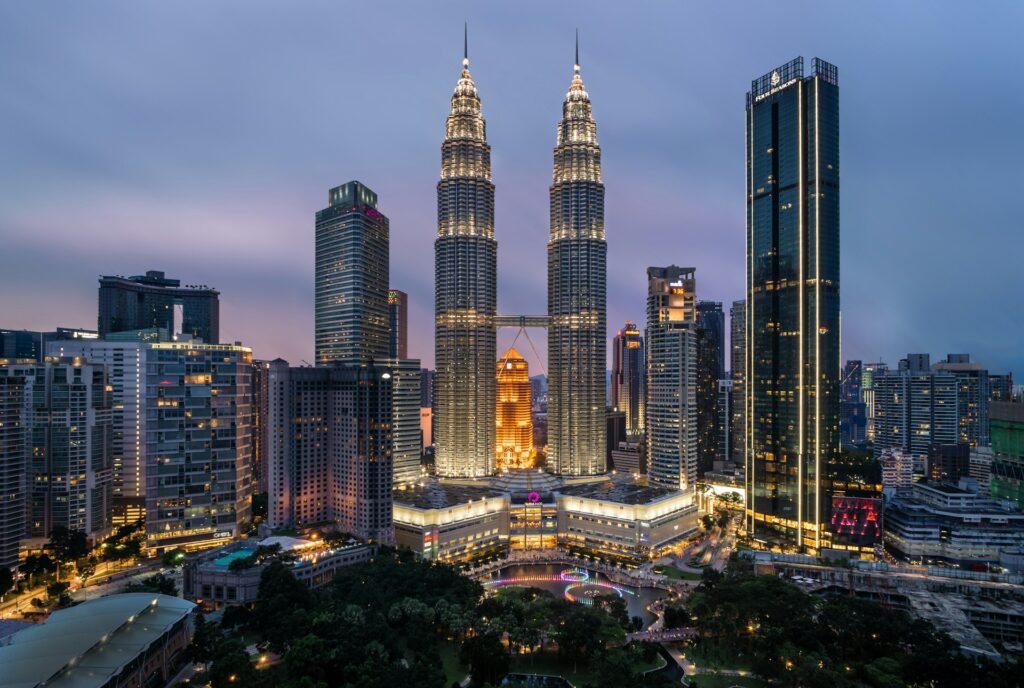
Kuala Lumpur, or KL, is a dynamic Southeast Asian gem where futuristic skyscrapers like the Petronas Twin Towers loom over a tapestry of cultures. Known as the “Garden City of Lights,” it dazzles at night with its illuminated skyline and thrives by day with bustling markets and street food stalls dishing out everything from tangy laksa to grilled chicken satay. The city’s diversity shines through its neighborhoods—Chinatown’s Petaling Street buzzes with bargains, while Little India in Brickfields hums with spice-scented air. Whether you’re snapping pics at KL Tower or wandering the historic Merdeka Square, KL’s energy is infectious and its affordability a bonus for travelers.
It helps keep this site running, and we appreciate your support!
Sightseeing

Petronas Twin Towers
No trip to KL is complete without marveling at these iconic 88-story giants, once the world’s tallest buildings. Head to the Skybridge on the 41st floor or the observation deck on the 86th for jaw-dropping city views—book tickets early as they sell out fast, especially during peak seasons. At night, the towers glow like twin beacons, making the nearby KLCC Park a perfect spot for photos or a leisurely stroll among fountains and joggers. It’s a symbol of modern Malaysia, blending steel elegance with urban buzz, and the surrounding mall offers dining and shopping to round out the visit.
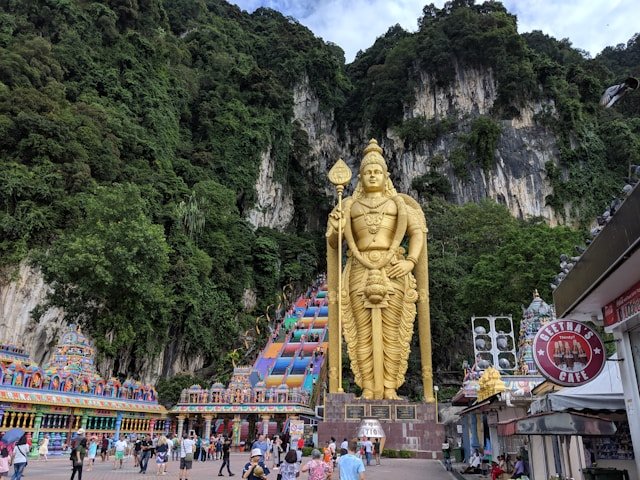
Batu Caves
Just outside KL, this limestone hill hides a series of caves and Hindu temples that draw crowds with their vibrant charm. Climb the 272 rainbow-painted steps to the main cave, where a massive golden statue of Lord Murugan greets you—watch out for the playful monkeys stealing snacks or posing for pics. The cool, cavernous interior and festive Thaipusam celebrations (January/February) make it a cultural must-see, with smaller caves below offering quirky shrines. Wear comfy shoes, bring water for the trek, and expect a sweaty but rewarding climb.
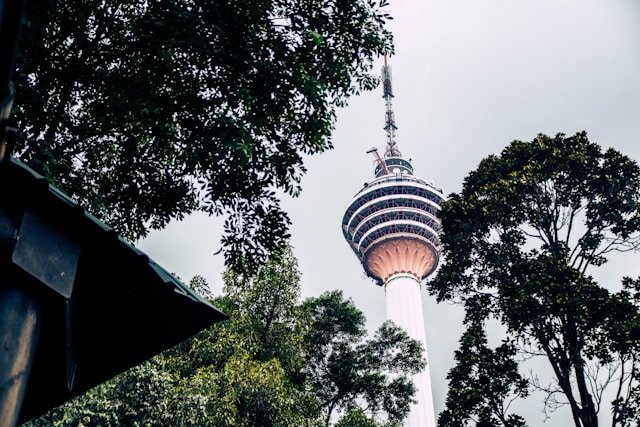
KL Tower
For a 360-degree panorama of Kuala Lumpur, this 421-meter telecom tower beats even the Petronas view. The observation deck and revolving restaurant let you soak in the skyline while sipping coffee or dining—sunset’s the prime time to go, as the city lights start twinkling below. It’s less crowded than the Twin Towers and offers a glimpse of the lush Bukit Nanas forest reserve at its base, a rare green patch in the urban sprawl. A quick monorail ride gets you there, making it an easy add-on to any itinerary.
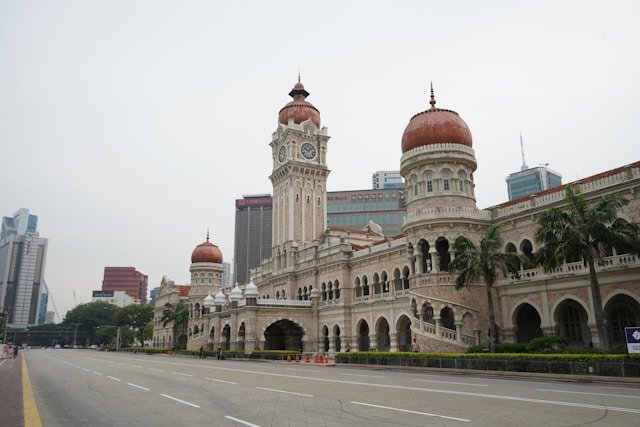
Merdeka Square
Step back in time at this historic plaza where Malaysia declared independence in 1957, surrounded by colonial gems like the Sultan Abdul Samad Building with its Moorish arches. The 95-meter flagpole—one of the world’s tallest—stands proud, while manicured lawns invite a lazy picnic or photo op amid fluttering flags. Nearby, the Royal Selangor Club’s Tudor charm adds to the old-world vibe, and the area’s calm feels worlds away from KL’s modern rush. It’s a quiet contrast to the city’s hustle, perfect for history buffs or a slow morning wander.
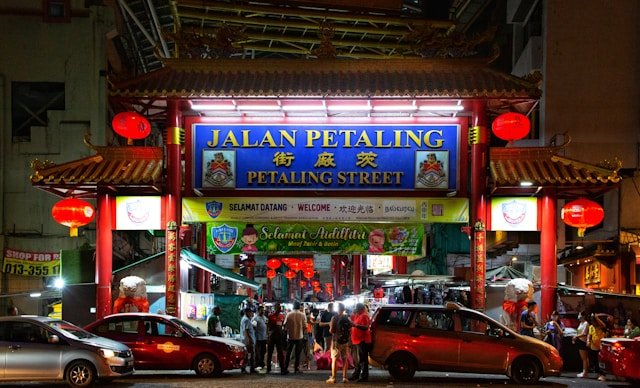
Chinatown (Petaling Street)
Dive into the chaotic heart of KL here, where neon signs and hawker stalls pack a narrow lane with life. Bargain for trinkets, fake designer bags, or just feast on street food—Hainanese chicken rice and mango sticky rice are winners, served hot and cheap. The air’s thick with wok smoke and chatter, especially at night when it peaks with locals and tourists elbow-to-elbow. Temples like Sri Mahamariamman nearby add a spiritual twist to this sensory overload, making it a gritty, unmissable slice of KL’s soul.
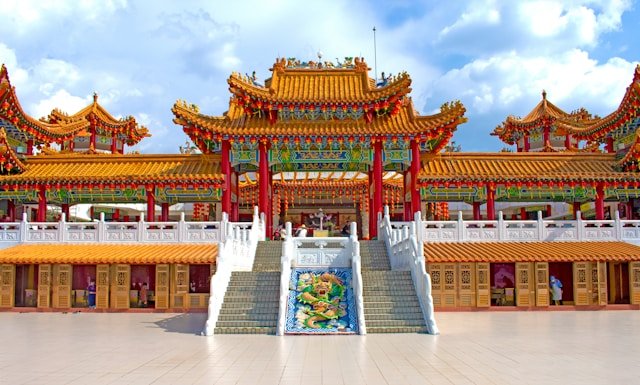
Thean Hou Temple
Perched on a hill, this six-tiered Chinese temple dazzles with red lanterns, intricate roofs, and panoramic city views. Dedicated to the sea goddess Mazu, it’s a peaceful escape with colorful statues and prayer halls—best during Chinese New Year for extra festivity with lion dances and crowds. The open courtyard’s great for photos, it’s free to enter, and the quiet contrasts KL’s bustle beautifully. A short taxi ride from central KL makes it worth the detour for a dose of culture and calm.
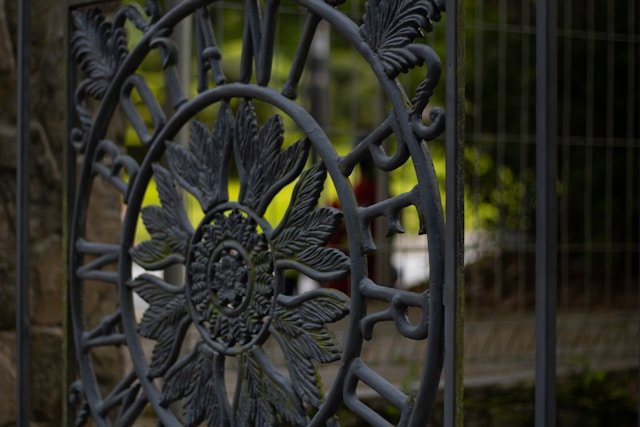
Perdana Botanical Gardens
Need a green break? This sprawling park in the city center offers lakes, orchid gardens, and shaded paths for a chill afternoon. The hibiscus garden and deer park add quirky touches, while the sunken garden’s symmetry begs for pics against a backdrop of palms. It’s free entry (some sections charge a bit), and the nearby National Mosque is a bonus stop for a two-in-one outing. Bring a hat—KL’s sun doesn’t mess around—and enjoy a rare slice of nature amid the urban grind.
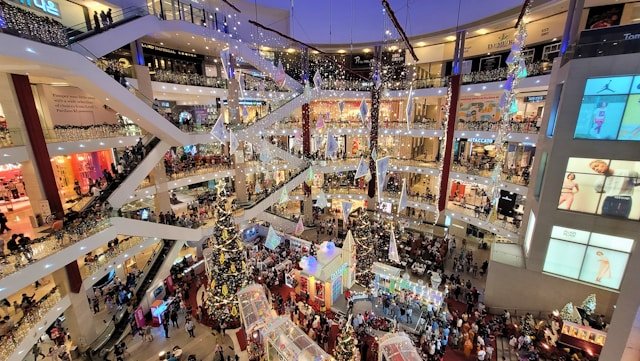
Bukit Bintang
KL’s shopping and nightlife hub pulses with energy, from luxe malls like Pavilion KL to gritty street bars. Daytime means retail therapy—think high-end brands or cheap souvenirs—while night brings neon-lit chaos and rooftop cocktails with skyline views. Jalan Alor, the food street, dishes up satay and noodles steps away, filling the air with smoky aromas. It’s loud, crowded, and unmissable for urban explorers who thrive on the city’s after-dark buzz and endless options.

National Mosque (Masjid Negara)
This modernist masterpiece stuns with its 73-meter minaret and star-shaped dome, symbolizing Malaysia’s Islamic heritage. Non-Muslims can visit outside prayer times—cover up with provided robes and wander the open plaza, where sleek lines meet serene vibes. The capacity for 15,000 worshippers hints at its scale, and the reflecting pools add a tranquil touch. It’s near the botanical gardens, so pair them for a half-day outing that blends architecture and peace.
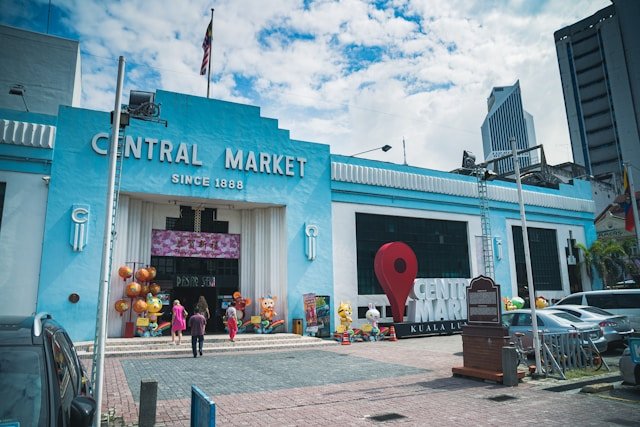
Central Market
Housed in a 1930s Art Deco building, this spot blends shopping with culture—think handmade crafts, batik, and local art under one cool roof. It’s less hectic than Chinatown, with air-conditioned calm and stalls selling kaya jam or pewter keepsakes for souvenirs. The annexed Kasturi Walk adds outdoor food vendors for a quick bite like cendol or curry puffs. It’s a chill way to grab gifts, sip a coffee, and feel KL’s creative pulse without the street-side chaos.
Activities
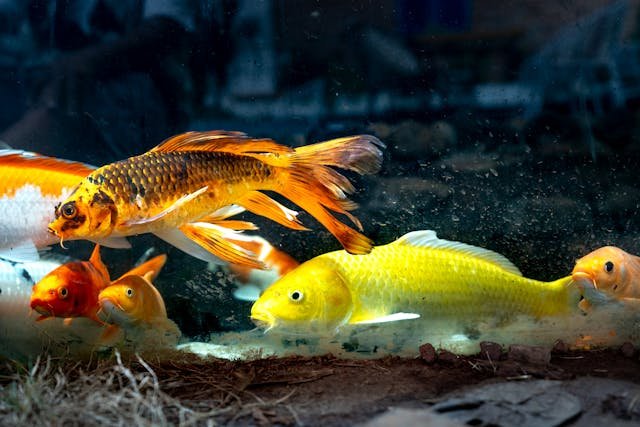
Aquaria KLCC
Tucked beneath the Kuala Lumpur Convention Centre, this world-class oceanarium offers a mesmerizing dive into marine life, just steps from the Petronas Twin Towers. Spanning 60,000 square feet, it showcases over 5,000 aquatic and land creatures across exhibits like the 90-meter underwater tunnel, where sharks, rays, and sea turtles swim overhead. Feeding shows and touch pools with starfish and bamboo sharks add an interactive twist—check schedules online to catch them. It’s a bit pricey (around RM 60-80 for adults), but the variety—from piranhas to otters—and sleek design make it a standout for families or anyone curious about the sea.
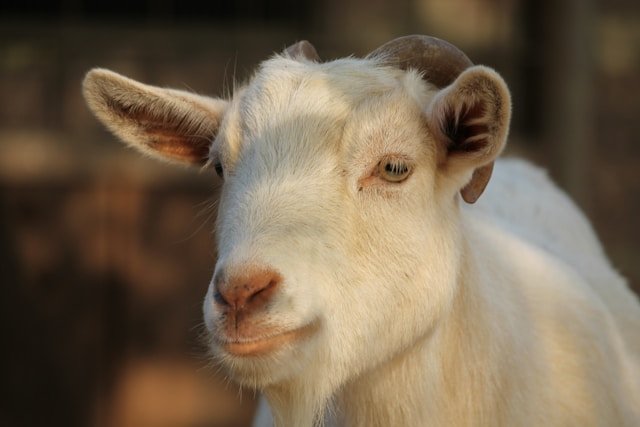
G2G Animal Garden
Out in Serdang, about 20km from KL’s center, this petting zoo brings a hands-on animal experience with over 70 species, from deer and ponies to parrots and iguanas. Set near the Malaysia Agro Exposition Park, it’s a laid-back spot where kids and adults can feed and pet friendly critters, offering a break from urban chaos. Entry is wallet-friendly (around RM 20-30), and the focus on animal interaction—think stroking a rabbit or tossing food to goats—makes it a hit for families. It’s less polished than Aquaria but shines with its chill vibe and exotic lineup, perfect for a half-day outing.
Flights
Hotels
Essential Tips for Visiting KL
KL Transportation Guide
Buses
